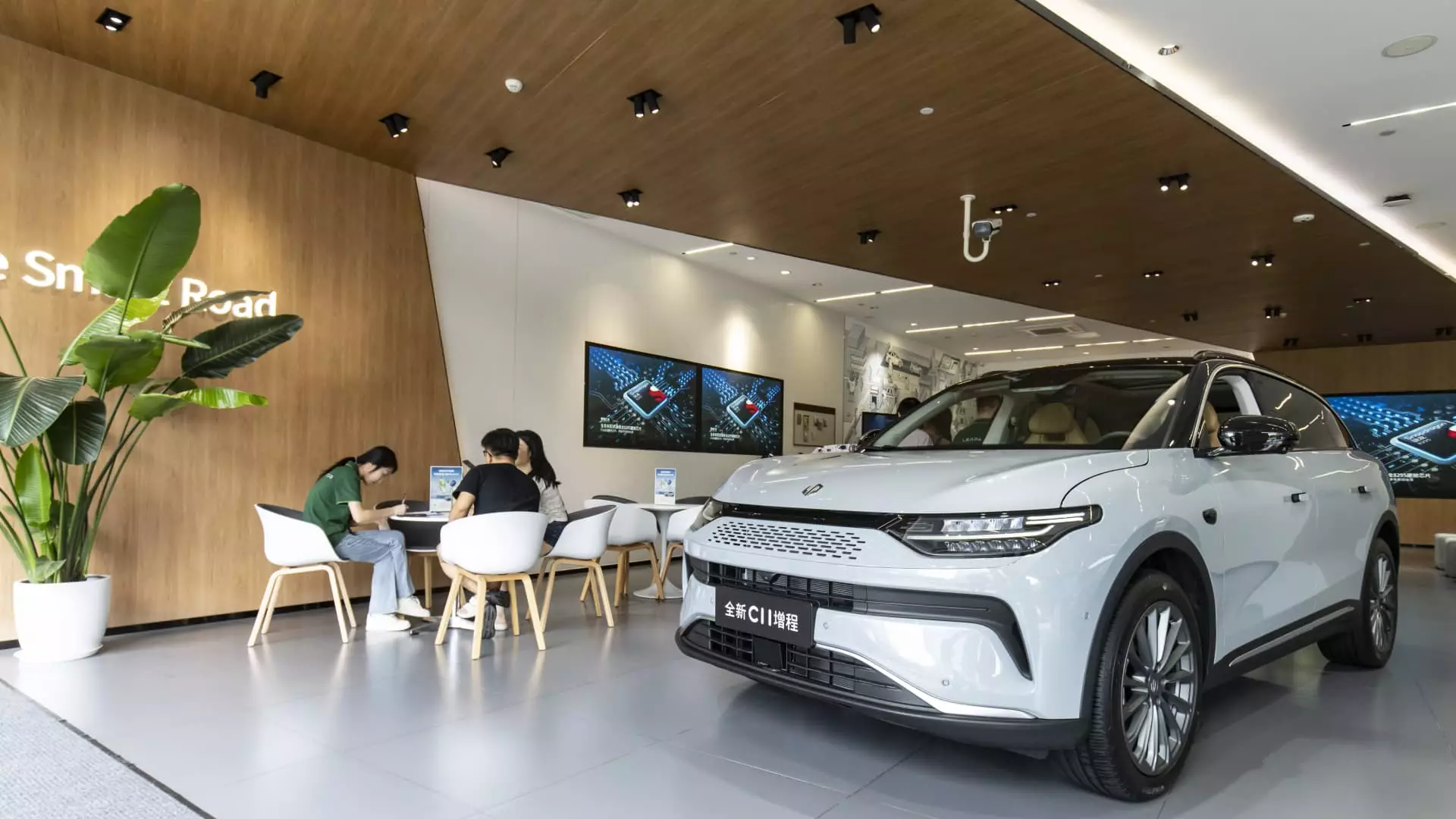The automotive industry in China is undergoing a remarkable transformation as hybrid-powered vehicles gain an unexpected popularity compared to their fully electric counterparts. Despite the global push for zero-emission transportation, recent sales data highlights a significant shift in consumer preferences, with many opting for hybrids over solely battery-powered cars. More than ever, China’s market is redefining what it means to embrace sustainable transportation.
Leading the charge is BYD, which maintains an undeniable lead in the passenger car segment, having sold around 4.3 million vehicles in 2024. The company’s sales figures reveal a dramatic shift, with nearly 2.5 million of these being hybrid-powered vehicles. This marks a reversal from the previous year, where battery-electric cars slightly edged out hybrids in sales numbers. BYD’s strategy appears well-timed, capturing consumer inclination toward vehicles that balance the convenience of traditional combustion engines with the environmental benefits of electric driving.
Tesla remains a critical player in the fully electric vehicle arena, projecting to sell over 600,000 cars in China for the second consecutive year. Nevertheless, Tesla’s growth potential in this market may face a ceiling according to industry experts. Joe McCabe, president of AutoForecast Solutions, suggests that the growth of battery electric vehicles may plateau, leading to sustained demand for hybrids and combustion engine vehicles well into the next decade.
Additionally, Li Auto stands close in competition, reporting a record delivery of over 500,000 vehicles, most featuring a hybrid system designed to extend driving ranges. The increasing consumer acceptance of hybrid technology presents Li Auto and BYD an edge against solely battery-powered brands.
In stark contrast to the success of hybrid vehicles, electric-only startups have struggled to keep pace. Brands like Nio, Xpeng, and Zeekr reported modest figures well below their larger competitors, with deliveries falling significantly short of the mark. As this new landscape unfolds, the looming threat of hybrid technology is palpable. Xpeng’s recent announcement of a hybrid range-extender system and Zeekr’s planned launch of its first hybrid vehicle in 2025 illustrate how incumbents are shifting gears to adapt to consumer demands.
The impressive performance of Xiaomi’s SU7 electric sedan, which quickly delivered more than 135,000 units since its introduction, is a clarion call for electric-exclusive companies to innovate or risk becoming obsolete in a market that appears to be gravitating toward versatility.
The Chinese government’s concerted effort to develop domestic electric car capability cannot be overstated. Initiatives such as easier access to license plates for new energy vehicles (NEVs) and ongoing subsidies for hybrid purchases are not mere tactics; they represent a robust strategy to foster local manufacturers while reducing reliance on foreign brands. According to data from the China Passenger Car Association, the penetration rate for NEVs surged in mid-2023, culminating in over half of all passenger car sales being attributed to this category by the end of November. In comparison, just 36% of sales were NEVs in July of the same year.
Such a rapid increase signifies a pivotal moment for the automotive sector, driving competition while fostering consumer adoption of environmentally friendly technologies. Industry insiders highlight how hybrids, in particular, can serve as a gateway for consumers hesitant to fully adopt electric technology.
As consumer preferences evolve and the automotive landscape shifts, hybrid vehicles are proving that they represent more than just a transitional phase toward fully electric models. The significant sales growth seen in hybrids speaks to a future where flexibility and convenience are paramount for buyers. In this context, automakers able to strike a balance between innovative technology, practical usage, and sustainability will likely emerge as the market leaders.
In the coming years, continued adaptation and investment to understand shifting consumer habits and regulatory landscapes will be key. This new era in automotive preferences could redefine the industry’s trajectory, molding a future where hybrids are not just an alternative but a mainstream choice.

Leave a Reply